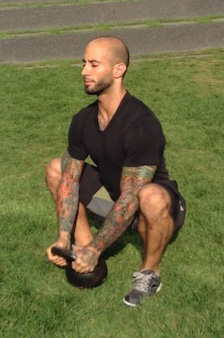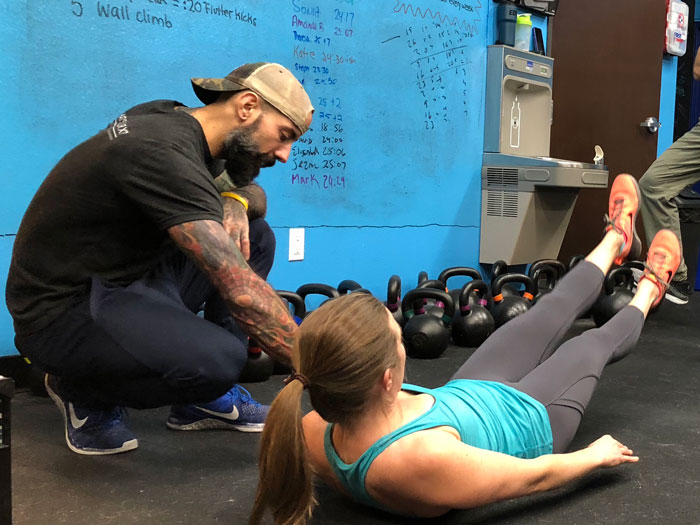
We all know that communication skills can make or break any relationship. As a coach, you may possess all the knowledge in the world about progressions, regressions, proper loading parameters and rest intervals. But, if the delivery of the material is not understood, your good intentions may fall short. You may even lose an excellent client to a less experienced but more articulate coach. As a coach, learning how to effectively communicate your skillset with your clientele during a training session is paramount.
It’s very easy to get lost in the journey of finding THE magic word that connects with everyone for a particular movement. Let’s first acknowledge that we will never find the perfect way to communicate proper movement mechanics because everyone absorbs new material and ideas differently. A good cue is like a good pass in football. You can throw a “perfect” ball to someone only to watch it bounce right off their finger tips—and you can throw out a prayer that is ripped from the air and ran in for six points. At the end of the day, a good pass is a caught pass. The following are some guidelines that will keep you in the ball park and drive up your success rate.
3 Steps and 3 Articulations of a GREAT Movement “CUE”
If you are teaching a new movement to a single client or to a group (large or small), follow this sequence:
Demonstrate => Teach => Demonstrate
Demonstrate
Your first step is to name the movement or exercise, then immediately demonstrate the proper execution of the movement. Without doing this, you are assuming your clientele already speaks your language.
Teach – It’s as easy as 1,2,3….
Assume nothing, teach everything.
Avoid having your client(s) jump right into the full expression of the movement regardless of their experience levels. Break down the movement into smaller steps (progressions) that will later add up to the movement’s full expression. In the RKC School of Strength, we teach many progressions and regressions for the standard six movements of the Level 1 RKC curriculum.
As a gross generalization, women do a great job communicating what they are FEELING. But, men on the other hand tend to have a more difficulties. Because of this, I always teach coaches to EMBRACE their feminine energy (yes men, we have plenty of it) and to use their words. The more colorfully—but concisely—you can communicate what the client should be FEELING in a given position, the greater chance they have to follow your directions correctly. Imagine you are telling a fitness story. Give them all the gossip and get them excited about what’s about to happen.
Here is how to successfully deliver your material
- Tell them and show them where they are going.
- Give them clear and concise directions on how to get there.
- Let them know how THEY can tell that they have arrived.
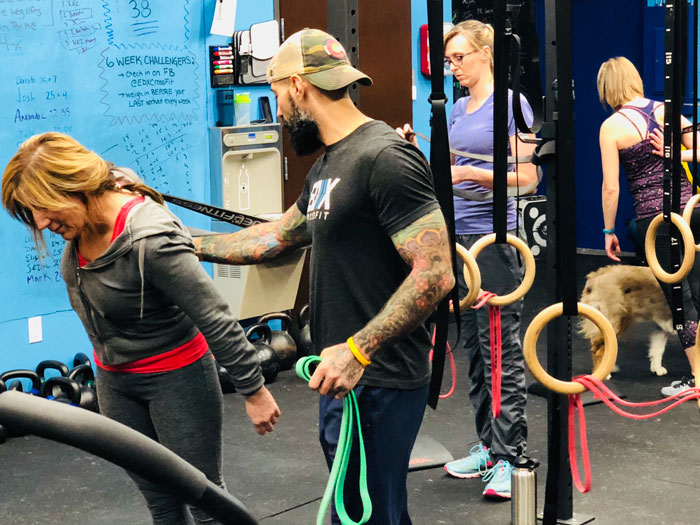
My approach to cueing is to deliver the material so the client(s) see it, touch it and feel it. This covers the spectrum of how different people learn. First they visually SEE where I want them to go by demonstrating the skill. We may use tools like PVC pipes, bands or even my hands to TOUCH them, engaging their bodies to find the proper position. Then I ask them to connect to the position by observing or FEELING the internal signs and landmarks of proper alignment.
Demonstrate
Finally, you can pull I all together by demonstrating the proper execution of the movement again. A successful cueing progression through the 3 steps to teaching will often connect some dots previously missed in their first visual interpretation of the movement.
Next time you have the opportunity to teach a new skill or fine tune old skills, give this teaching progression a whirl and notice how the interpretation, execution, and retention of your clients’ skills sky-rocket!
***
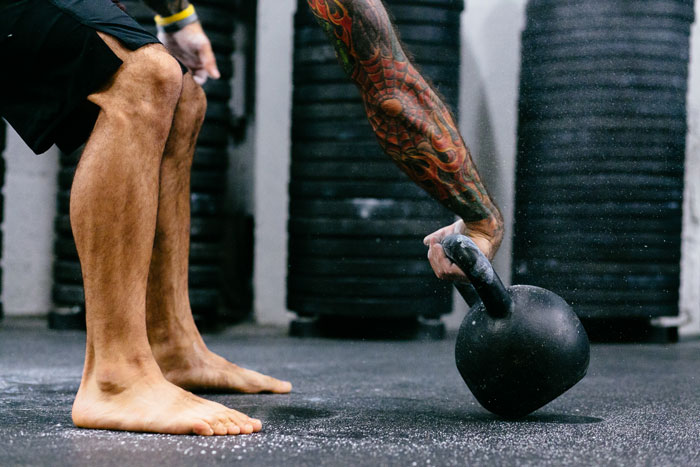
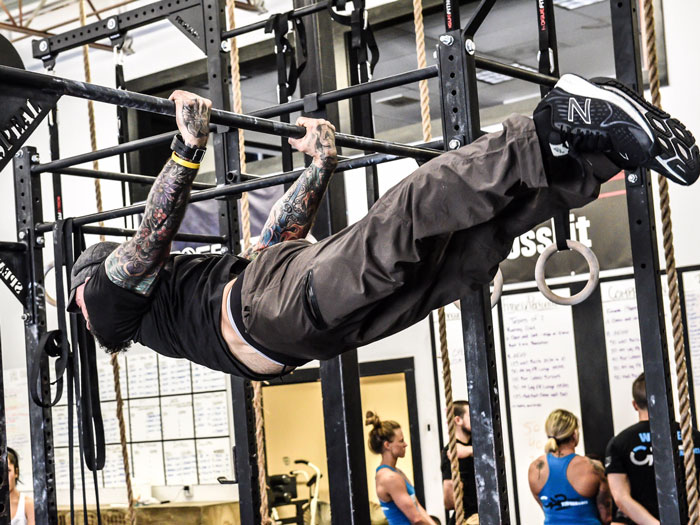
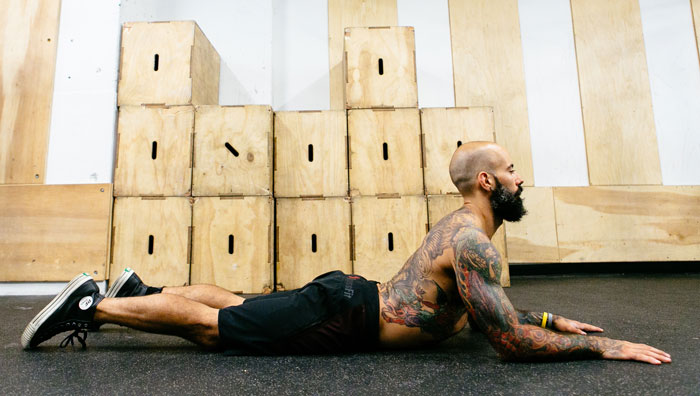
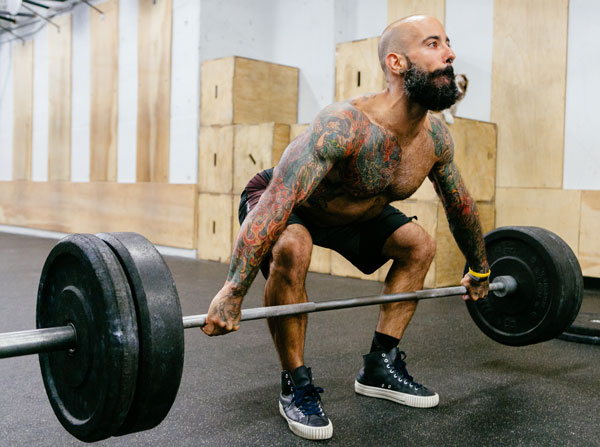
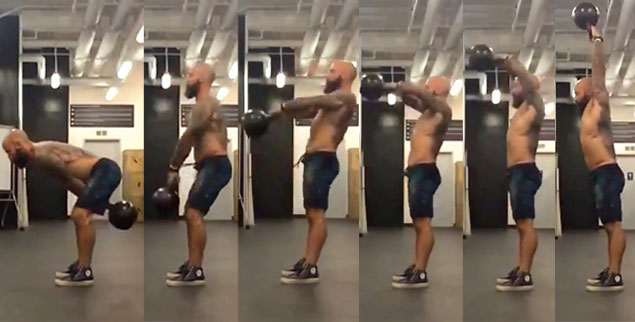
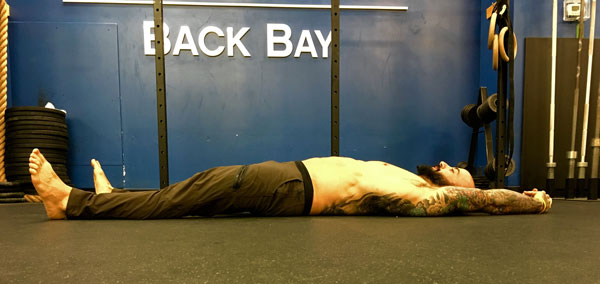
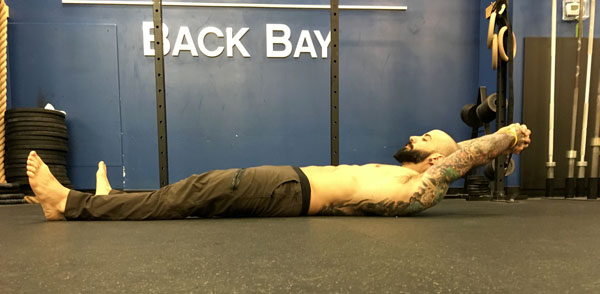
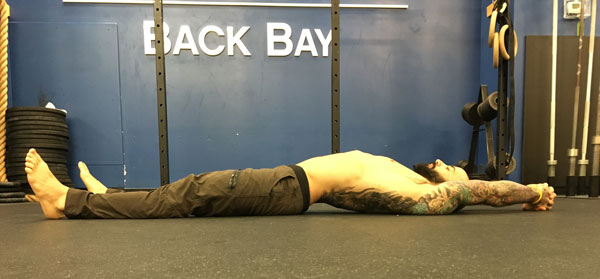 Both of these examples are failed overhead screens for the AKBS. Note: if you can see your arms in your peripheral vision, this indicates a failed overhead screen for the AKBS and more mobilization is required.
Both of these examples are failed overhead screens for the AKBS. Note: if you can see your arms in your peripheral vision, this indicates a failed overhead screen for the AKBS and more mobilization is required.